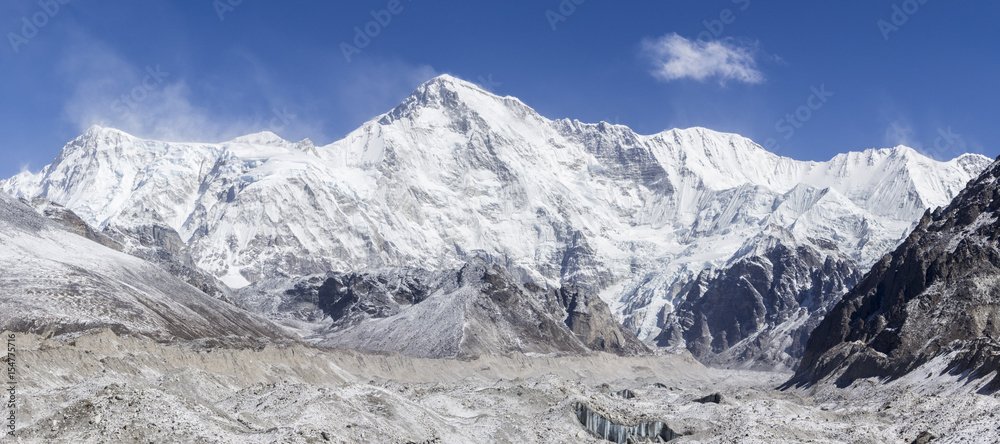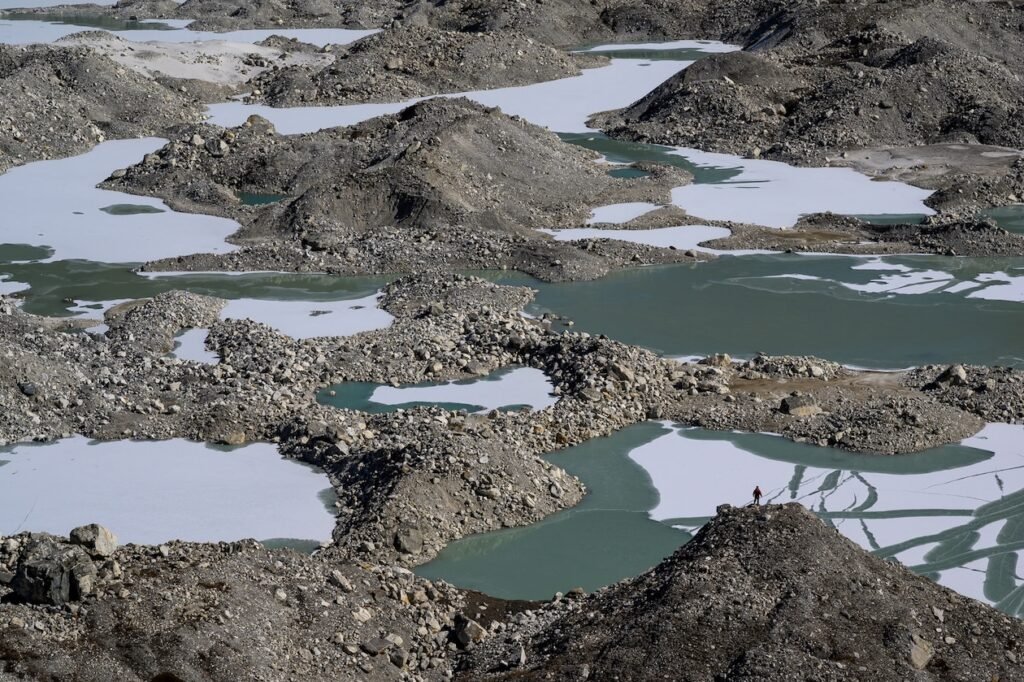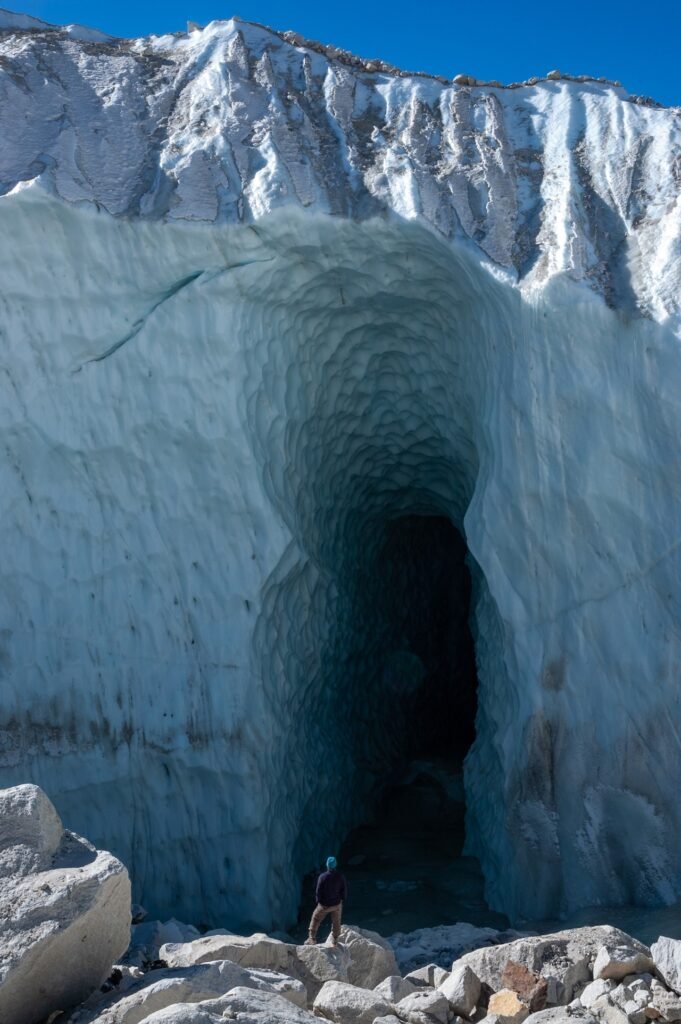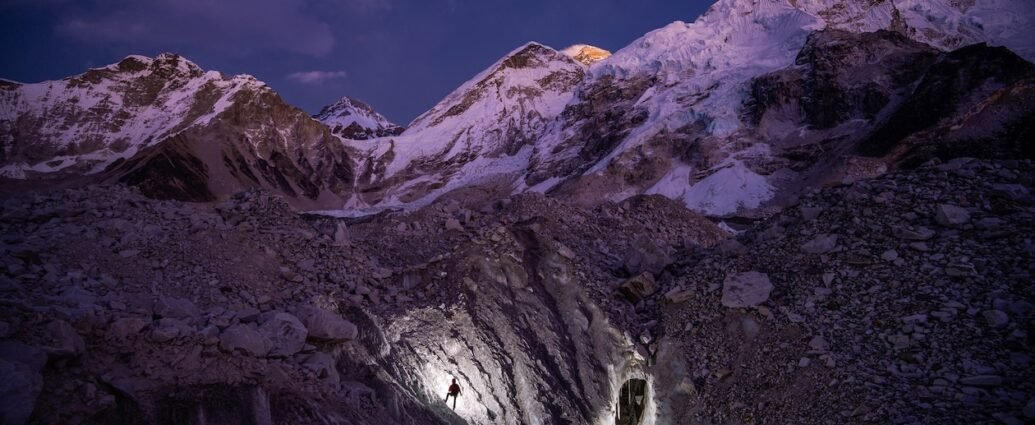The glaciers in the Himalaya are not what people typically imagine. Stand at the lower end of Ngozumpa Glacier, which flows from 26,864-foot Cho Oyu, the world’s sixth-highest mountain, and you will see a chaotic collection of rocks instead of ice.

Ngozumpa, similar to other glaciers in the Himalayas, receives snow, rocks, and boulders from avalanches that descend from higher elevations. When the glacier moves into a warmer climate, its top layer begins to melt, resulting in the resurfacing of buried debris. This debris then forms a layer that can be up to four feet thick, covering the glacier.
Scientists previously believed that debris-covered Himalayan glaciers, such as Ngozumpa, would be protected from warming temperatures. However, according to Teiji Watanabe, a geomorphologist at Hokkaido University, this assumption has proven to be incorrect.

Over the past few decades, Ngozumpa and other Himalaya glaciers have seen the formation of numerous sinkholes up to 100 feet deep as the ice beneath the rocks shrinks. These sinkholes often fill with melt ponds, and the total area of these ponds has tripled in just 30 years, which is a remarkable rate of change.
Around the year 2000, a Scottish glaciologist named Benn noticed a clue that explained the mysterious rapid change.

Melt ponds on Ngozumpa and other glaciers covered in debris would frequently vanish overnight. Benn discovered that these depressions were actually cave entrances, through which the water from the ponds had drained.
Glaciers in the Himalaya are thinning by up to nine feet per year, and these caves are playing a pivotal role, hollowing out and collapsing the ice from within. As the world warms, the tongues of these glaciers are melting into large lakes, which threaten to unleash flash floods upon villages in the valleys below. These caves are symptoms of dying glaciers.
Reference- National Geographic, The Guardian, BBC, Geologist from the University of South Florida, Geomorphologist from Hokkaido University, Japan






